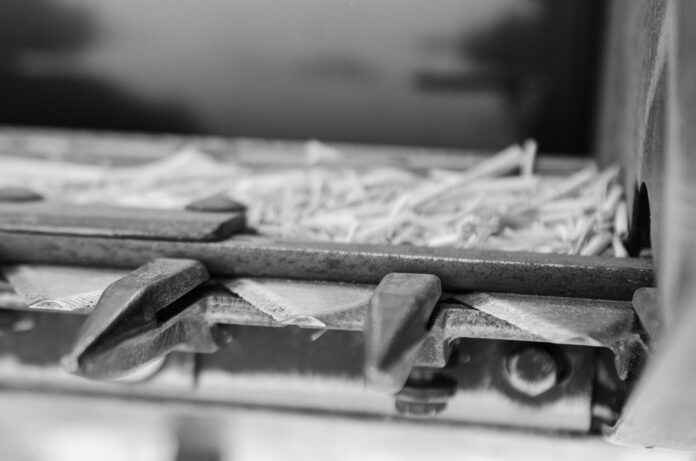Cost Considerations and ROI for Large Scale Harvesting Machines
Large scale harvesting machines play a crucial role in modern agriculture by significantly increasing efficiency and productivity. However, the initial cost of acquiring and operating these machines can be substantial. In this report, we will delve into the cost considerations and return on investment (ROI) associated with large scale harvesting machines.
Initial Cost of Large Scale Harvesting Machines
The initial cost of a large scale harvesting machine can vary significantly depending on the type of crop being harvested, the size and capacity of the machine, and the level of automation and technology integrated into it. On average, a new combine harvester can cost anywhere from $300,000 to over $500,000, while specialized machines for crops like cotton or sugar cane can cost even more.
In addition to the upfront purchase cost, there are also expenses related to training operators, maintenance, repairs, and storage facilities. These ongoing costs can add up over time and should be factored into the overall cost of owning and operating a large scale harvesting machine.
ROI Calculation for Large Scale Harvesting Machines
Calculating the ROI for a large scale harvesting machine involves comparing the total benefits generated by the machine with the total costs incurred. The benefits of using a large scale harvesting machine include increased efficiency, higher productivity, reduced labor costs, and improved crop quality. These benefits can translate into higher yields and profits for the farm.
To calculate the ROI, one must consider the following factors:
– Increase in crop yield and quality
– Reduction in labor costs
– Savings in fuel and maintenance expenses
– Time savings and increased efficiency
By quantifying these benefits and comparing them to the total cost of owning and operating the machine, farmers can determine the ROI and make informed decisions about investing in large scale harvesting equipment.
Industry Insights and Trends
The agriculture industry is constantly evolving, with new technologies and innovations being introduced to improve efficiency and sustainability. In recent years, there has been a growing trend towards larger and more advanced harvesting machines that can handle greater volumes of crops in less time.
Companies like John Deere, Case IH, and Claas are leading manufacturers of large scale harvesting machines, offering a wide range of products to suit different farming needs. These companies invest heavily in research and development to stay ahead of the competition and meet the changing demands of farmers.
Financial Data and Analysis
According to industry reports, the global market for agricultural machinery, including harvesting equipment, is projected to reach $124 billion by 2025, driven by the increasing adoption of mechanized farming practices. This growth presents significant opportunities for manufacturers of large scale harvesting machines to expand their market presence and increase their revenues.
In terms of ROI, studies have shown that farmers who invest in modern harvesting equipment can see a return on investment within 2-3 years, depending on the size of their operation and the crops being harvested. Factors like crop prices, weather conditions, and government subsidies can also impact the ROI of large scale harvesting machines.
Conclusion
In conclusion, while the initial cost of large scale harvesting machines may seem high, the long-term benefits and ROI can make them a worthwhile investment for farmers looking to improve efficiency and productivity. By carefully considering the costs and potential returns, farmers can make informed decisions about acquiring and utilizing large scale harvesting machines to enhance their operations and stay competitive in the evolving agriculture industry.




